It’s not yet clear when the state’s latest COVID-19 rent relief program will open to applicants, though officials are expecting it to launch by the end of May. In the meantime, tenant advocates and housing rights groups are gearing up to help thousands of renters compile and submit the forms necessary to apply for the assistance.
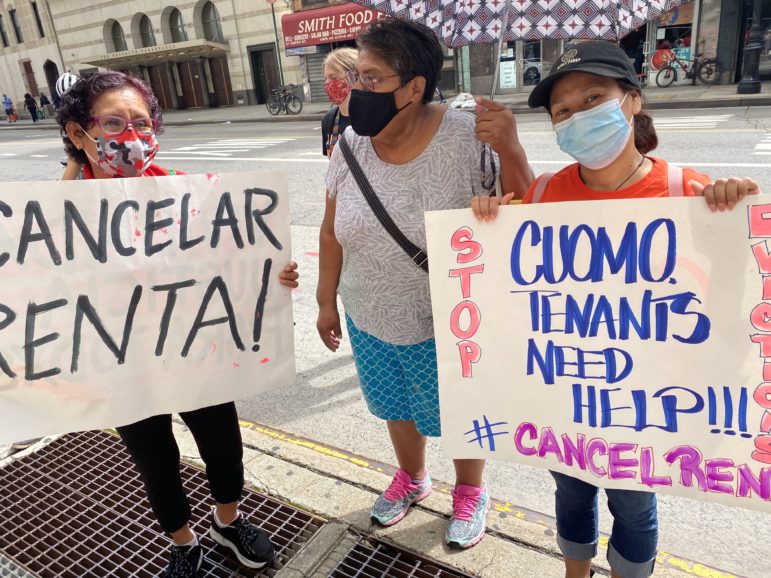
Sadef Ali Kully
Tenant advocates at a rally for pandemic rent relief earlier this year.
Lea la versión en español aquí
Coming soon: a New York state rent relief program intended to prevent thousands of evictions by covering COVID-related arrears.
But it’s not yet clear when the initiative, known as the Emergency Rental Assistance Program, or ERAP, will begin accepting applications. The state’s top budget official says that will happen later this month. City agency heads say the state has assured them of the same May timeline.
In the meantime, tenant advocates and housing rights groups are gearing up to help thousands of renters compile and submit the forms necessary to apply for the assistance. They’re spreading the word and encouraging prospective applicants to prepare their required documents ahead of time based on information posted online earlier this month by the state Office of Temporary and Disability Assistance (OTDA), which will be administering the $2.4 billion program. Many nonprofits have begun receiving funding from the state to assist with applications, and a handful of organizations will also receive contracts from the city to boost outreach and support.
“We’re making preparations and making sure we have the manpower, but it’s probably going to take over our lives for a little bit,” said Justin La Mort, a supervising attorney at Mobilization for Justice (MFJ). “So many people are going to be applying to this program.”
While the state hasn’t opened applications yet, OTDA has outlined some key information to help tenants prepare to submit their forms to access rent relief once the program officially launches.
Here’s what applicants and their advocates need to know
OTDA running the rent relief program is a big change from an earlier, and inadequate, initiative run by the state’s Division of Homes and Community Renewal. OTDA administers benefits and entitlements and is better situated to administer this sort of initiative, La Mort said.
The nearly $2.4 billion program, established by state lawmakers in the April budget, will pay landlords up to a year of back rent on behalf of qualifying tenants. The state will also pay up to three future months for some applicants still struggling to earn income and pay their rent.
Eligible households must earn less than 80 percent of Area Median Income (AMI) — $95,450 for a family for four in New York City — and demonstrate that they lost their job or their income during the pandemic or were otherwise affected by the COVID-19 financial crisis.
In a detailed Frequently Asked Questions section on the OTDA website, the agency says it will prioritize rent relief for households that earn less than 50 percent of AMI and include a veteran, someone who has been unemployed for at least 90 days, a person experiencing domestic violence or a survivor of human trafficking. OTDA will also give first priority to low-income New Yorkers who live in a mobile home, a building with fewer than 21 units or a community “disproportionately impacted by COVID-19” (the agency is still finalizing the list of which communities would be included, according to a spokesperson).
The state will next focus on applicants who make 50 percent of AMI but do not have a household member in those special classes or living situations, followed by applicants at 80 percent or less of AMI. After the first 30 days of the program, OTDA will consider applications on a first-come, first-served basis, the website states.
The program will cover up to 12 months of arrears accrued on or after March 13, 2020, and up to three months of future rent payments for households expected to pay more than 30 percent of their income on rent. ERAP will also cover up to 12 months of electric or gas utility bills that went unpaid since March 13, 2020.
The money will go directly to landlords or utility companies.
Ready your documents
The same FAQ page on the OTDA website also provides a list of documents for applicants to submit to prove their identity and the financial impact of the COVID pandemic.
The required identifying materials include:
- Personal identification for all household members, including government-issued IDs and some other documents, like baptismal certificate or school registration.
- The Social Security number of all household members who have one. People without Social Security numbers, like undocumented immigrants, can still qualify for the assistance.
- Proof of current residency and occupancy. Again, tenants can submit a signed lease or a rent receipt. ERAP will also accept a utility bill, school records, a bank statement, mail that names the applicant, an insurance bill or a driver’s license with the home address.
- Proof of rental amount, particularly a copy of a lease. ERAP will accept a signed lease even if it has expired. Renters in more informal living situations without a lease may submit a rent receipt, a canceled check or a money order. If none of those documents exist, a landlord can attest to the tenant’s residency.
When asked about tenants who rent or sublet a single room, an OTDA spokesperson cited the website guidance and said the individual must submit a letter from the leaseholder or the landlord in order to qualify for rental assistance.
The spokesperson did not provide a program start date.
Proof of income documents
Applicants must provide proof of their income eligibility to qualify for assistance. This proof can come in various forms outlined by OTDA:
- Documents that demonstrate monthly income for the most recent prior month, like paystubs, bank account deposit notices or proof of unemployment benefits
- Documents that demonstrate annual income for 2020, like a W-2 tax form, a 1099 tax form, an income tax return
- OTDA will also accept “self-attestation of income” in some circumstances where no income documents exist.
La Mort said the self-attestation component will be essential for ensuring people who worked off the books or under-the-table prior to the pandemic are able to access the rent assistance they are entitled to. Many won’t be able to submit more formal proof of income documents, he said.
The same goes for people who rent single rooms inside larger apartments or who sublet without their names appearing on a lease, he said. Their landlord’s word will be key.
“The more informal, the harder it is to prove,” he said. “And the most marginalized communities are the ones living in these settings.”
Those were the very communities left behind by the state’s earlier rent relief efforts, which failed to reach many renters in need because there were too many cumbersome materials to submit, La Mort said. The state allocated less than $40 million of the $100 million set aside for tenants through that program.
“It’s very important that the focus is to get the money out there, help the tenants, help the small-time landlords,” he said. “The more documents you require, the more challenging it is.”
Legal Aid Society staff attorney Ellen Davidson said that so far, OTDA seems willing to administer the program on behalf of tenants who cannot furnish documents that clearly prove their eligibility.
“If someone lost their job and is unemployed, that’s an easy thing to prove, but if you’re someone who was underemployed or working in the gray economy, you can use self attestations in order to prove your eligibility,” she said.
“We were really happy that they seem to understand that different tenants are in different places and that they will meet them where they’re at,” she added.
Applicants without internet access will likely be referred to community-based organizations for assistance, she said.
Various organizations, including those that serve immigrants, have already kicked off efforts to inform clients and community members about the application process.
Make the Road New York has created the websites rentreliefny.org in English and inquilinosny.org in Spanish to provide regular updates about the application process and opportunities for assistance.
“We have already had thousands of requests for information about the rent program,” said Make the Road New York supervising attorney Jennie Stephens-Romero. “We are trying to figure out how much capacity we have for that, but the need right now is just massive.”
Stephens-Romero said her organization will coordinate with other agencies after the state issues a list of groups that provide application assistance. The program will account for a large chunk of the workload, but the recent extension of state eviction protections will give renters some more breathing room to apply for assistance, she said.
“The extension of the eviction moratorium means we don’t have quite as big of a workload as we would without that,” she said.
The extent of the crisis
Lawmakers, advocates and city officials estimate that tens of thousands of New Yorkers are at risk of eviction when existing protections end Aug. 31. Marshals have executed just 10 residential evictions since March 16, 2020, city records show.
In contrast, there were 1,598 evictions in January 2020 alone.
The New York Office of Court Administrations estimates that “multiple thousands” of tenants face pending nonpayment eviction cases in Housing Court, though the courts do not have an exact number, said spokesperson Lucian Chalfen. The ERAP money could immediately resolve a nonpayment case filed since March 2020 by simply giving the landlord the money they are owed.
In March, Chalfen said there were 130,000 pending eviction cases in New York City before the state imposed coronavirus restrictions a year earlier. An untold number of cases have been resolved out of court since then, he said.
Davidson, the Legal Aid attorney, said pending court cases are not the best measure to determine how many people face eventual eviction. Many landlords know that filing a new Housing Court case would be a waste of time and money amid an eviction freeze and are instead waiting until current protections expire.
The U.S. Census Bureau’s PULSE survey provides a clearer picture of the rent crisis, she said. The numbers are dire: Between April 16th and 28th, more than a third of respondents in New York state said they were not up-to-date on their rent or mortgage and that eviction or foreclosure in the next two months was either “very likely” or “somewhat likely.”
The extent of the crisis is hard to gauge, “but it feels enormous,” Davidson said.
“Everyone in the city is taking a deep breath to prepare to spend the next several months to help as many people as possible,” she added.



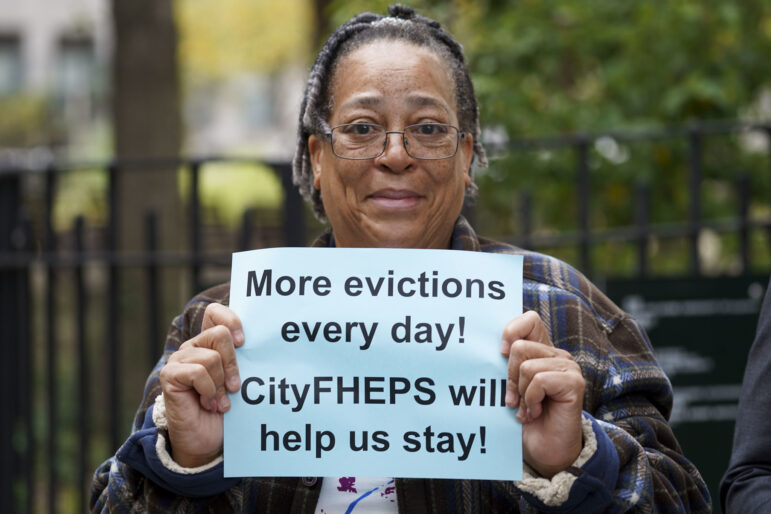
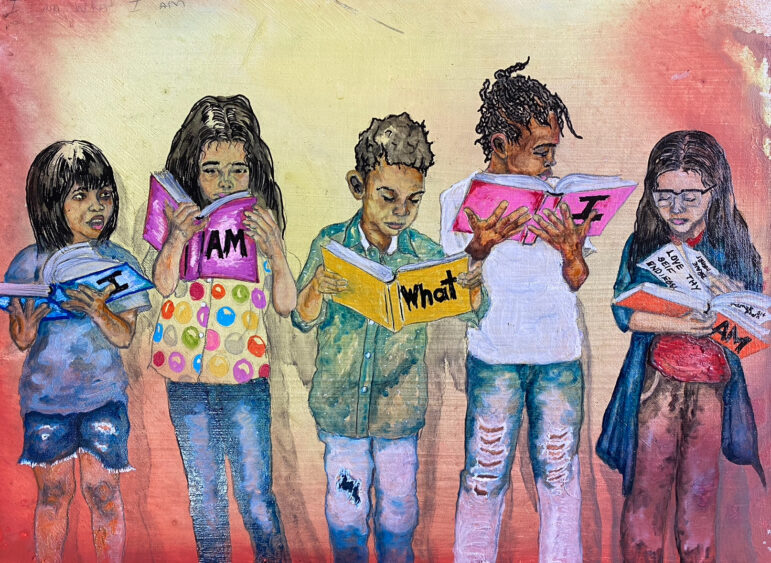
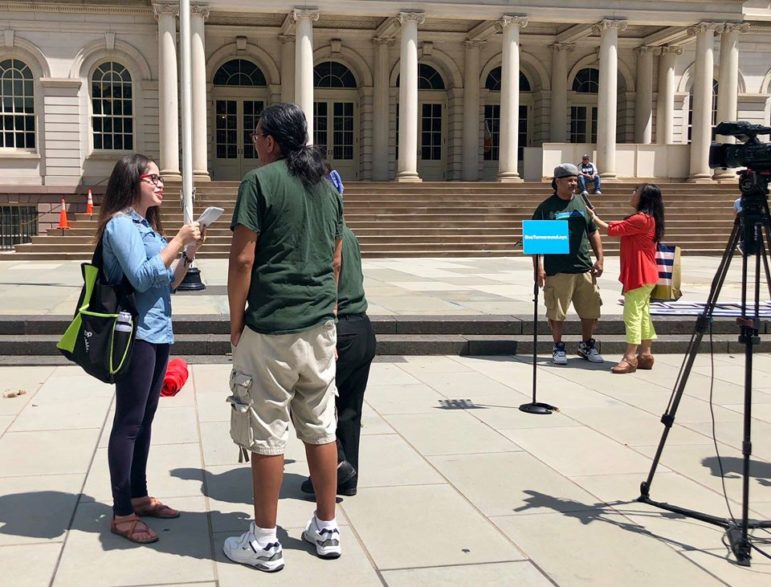
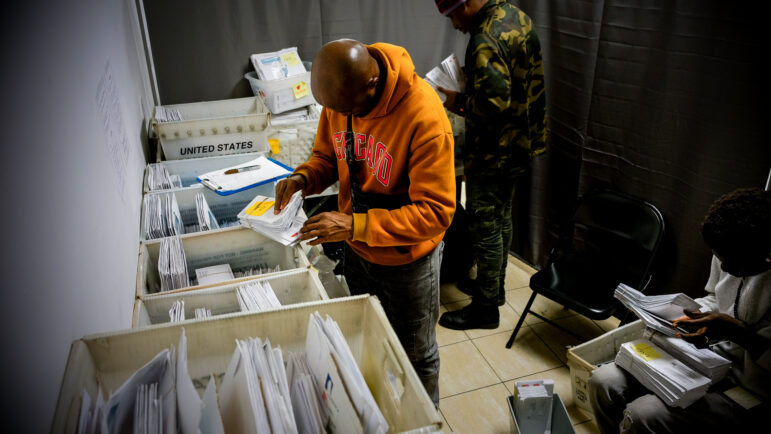
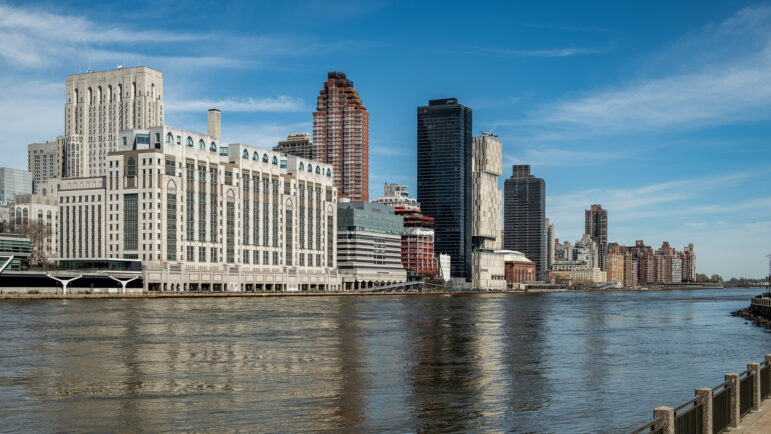


29 thoughts on “Ready Your Documents: What to Know to Apply for New York Rent Relief”
I am in the Bronx. Who can help me when the time comes to make out a relief application? I have all of the proof.
Hi Jerald, maybe contact Bronxworks. I don’t know for sure if they are assisting with this but they may or may know someone in your neighborhood who is. https://bronxworks.org/
YOU FILL IT OUT YOURSELF ONLINE WHEN THE PORTAL OPENS
What need no honey
Sorry for the double comment— if The City could translate the information/article into Spanish too that would be awesome
Hi Rosey, this article is available in Spanish here: https://citylimits.org/2021/05/20/como-funcionara-el-programa-para-solicitar-ayuda-de-alquiler-en-nueva-york/
Thanks!
What about home owners who need help?
What help is available for landlords who have irresponsible, arrogant tenants who just don’t care that their rent is unpaid and are riding this pandemic until the wheels fall off!
Sympathy for landlords is a joke. They have value built in the property they own, renters have no such asset. Scapegoating tenants is embarrassing, entitled behavior.
landlords have expenses, mortgages, taxes, water bills, and insurance.
their loss of income is no joke
you will miss your caviar this time while we have a piece of bread
Phyllis,
the portal is open for landlords as well and the documents arent very complicated.
https://otda.ny.gov/programs/emergency-rental-assistance/Landlord-Checklist.pdf
Sadly, this is not true. Landlords were told they could file when the program opens, but the application REQUIRES mostly tenant info and cannot be completed unless the tenant takes part. This will be fine for honest tenants who deserve help but for all those who have taken advantage of the moratariums to cheat on rent and pocket assiatance, they will not want to help file and thus those landlords will continue to be without any assistance . I unfortunately. fall into that category with a tenant who completely stopped paying rent and have cheated the system for over a year now and does not want to help file for the program either.
I agree with landlords and feel for them. I work in a non profit agency and we assist with rental arrears when we have the funding. Since COVID and the pause which began in March 2020 my agency has had several CARES funding come and go. 60% of the clients could have very easily paid their rent since Unemployment was given a boost with PUA. At first an additional $600.00 a week and then at the end of summer it changed to an additional $300.00 a week. Most of my clients weren’t even making close to what they received in UIB and PUA but they were able to afford their monthly rent prior to the PAUSE. WHY couldn’t they with the add on (PUA)? BUDGETING. They frivolously spent money on a new car, clothes, new furniture, and vacations. Yes those were reasons clients gave when asked where their money went. I’m not even taking into consideration the stimulus checks. YET I have clients who have been on UIB with the add on (PUA) since March 2020 who decided not to pay a penny towards rent??? I feel pity towards landlords that have so many ignorant tenants who still don’t understand the FIRST BILL YOU PAY IS RENT!!
I’m a landlord and my tenant been working and hasn’t paid anything.
Can you email any information you may have for relief funds for landlords.
almetra_murdock@yahoo.com
Property is not a liquid asset so landlords need help also. There are many working landlords who struggle to pay their bills mortgage gas water just like tenants have bills so do landlords. Please, the government wants the banks to take back small landlords properties that’s why this has not been addressed on behalf of the landlords. Shame on our representatives and the government authorities from the city to the state to the federal.
So, for tenants who have struggled but managed to do the responsible thing and pay more or less on time, and subsequently do not have “arrears” … We don’t get the funding because we stayed current on the lease? I don’t understand that. I get it that many people were simply unable to pay, but many just barely paid because they’d signed a lease stating the due date and they scraped together rent every month, and now they are not going to receive the assistance? Someone needs to clarify this, because it is nonsense.
I guess that is because they don’t need the assistance
Even though many could use the assistance this bill is focused mostly helping to keep people off the street, aka getting evicted.. People who owed money most likely didnt ended up in that situation because they weren’t responsible but simply because they couldn’t, so if someone stuggled but was able to pay their rent they are in a different boat then people facing eviction… so it is not exactly nonsense as you state…
good morning . I don’t see the link where the tenants can apply for this program, how I can apply please?
So the portal did not open on June 1st, 2021 as promised. Was it because of the holiday or do you have to get help to apply? I want to apply for myself.
It is June 1st, 2021 that I posted this comment. Why is it reading May 31st, 2021?
Or simply people like me that worked 22 hours a week have no help for nothing not even a medical insurance have to pay for everything on top of that with a kid with disabilities . I can’t even get the vaccine because I have a very weak immune system and need infusions of iron that I can’t afford and have to live in fear inside my house because I dnt want to get covid 19 but still get no help or know how to get help.
I cant even get into the site for appilcation for Erap program at nyc rent help. Otda. Ny gov
Im from the bronx and im backed up on 8 months of rent, im on unemployment and unable to i filed for disability and my case is pending, and i need help with the rent relief application cause in getting close to being homeless
Hi Antonio, Legal Aid is assisting people with their application forms if you call this housing help hotline: 212-298-3490
Does the landlord have to submit paperwork on behalf of the tenant? My landlord isn’t answering my calls…
How about who rent a romper how is the process?
I meant how is the process for who rent a room